Us Native Wild Flowers For Gardening
Interested in growing wildflowers? Fall and spring are great times to plant a new wildflower meadow or renovate an old patch! Here are five of our favorite national wildflowers as well as lists of wildflowers by region—plus tips on how to select wildflowers for your yard and garden.
Why Wildflowers?
- Wildflowers are resilient! There are more than 6,000 native wildflower species growing all across America. They occur naturally in their climate so they're are very resilient in all weather conditions.
- Wildflowers are easy! Wildflowers are happily married to the soil and climatic conditions in which they've evolved! When there is a suitable match of plant and growing conditions, it's easy.
- Wildflowers support the birds and bees! Native wildflowers are not only beautiful but also attract pollinators and nurture the landscape for birds. Without native plants and the insects that co-evolve with them, local birds and wildlife couldn't survive.
When to Plant Wildflowers
Wildflowers are best planted in the cooler spring or fall seasons. In the fall, the cool, wet days allow the seed of perennial flowers to germinate, while annual flower seed can lie dormant until spring.
Selecting Wildflowers
The first step in growing a new wildflower patch is to select the right varieties for your region. To make sure that a wildflower is recommended for your area, however, we advise consulting with your local Cooperative Extension Service.
5 Common Wildflowers Across North America
The below wildflowers occur all across America and, in many places, occur in vast numbers.
1. Black-Eyed Susans
A classic perennial, Black-eyed Susans (Rudbeckia hirta L.) produce golden-yellow daisy-like flower petals around a black central cone atop one- to two-feet stems. It flowers from midsummer until fall.
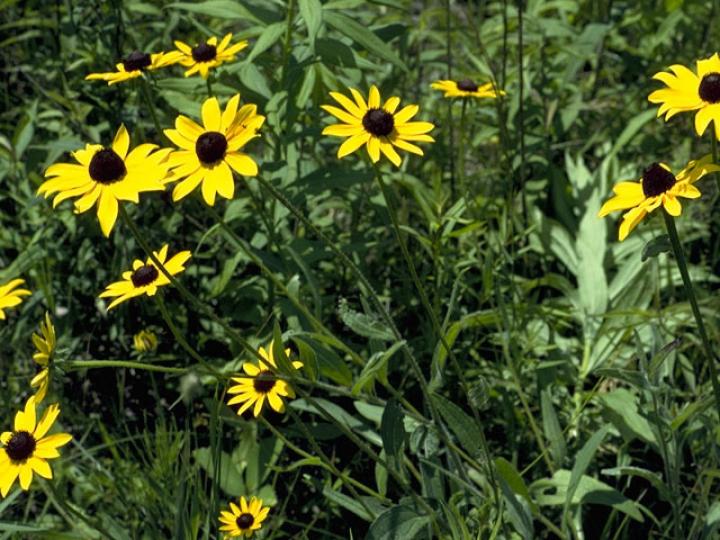
2. Indian Blanket
Indian Blanket (Gaillardia pulchella) is an annual which produces red, daisy-like flowers with yellow edging atop a one- to three-foot tall stem. It blooms in early summer.
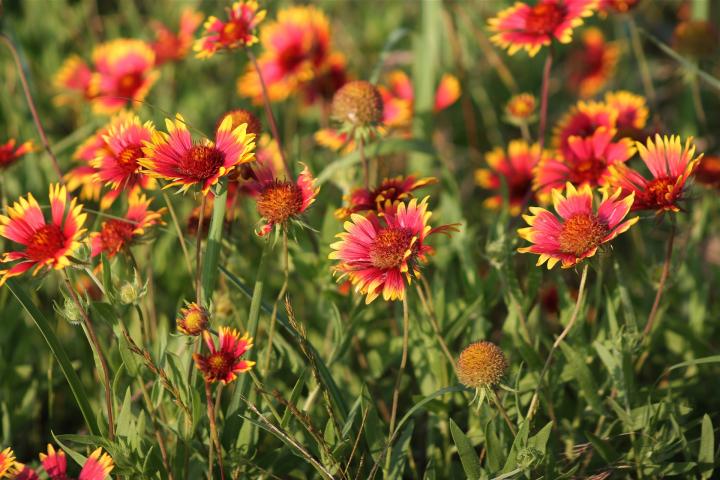
3. Purple Coneflowers
A resilient perennial, purple coneflowers (Echinacea purpurea) have long-lasting, lavender-petaled flowers surrounding a prickly orange cone, atop tall (two to five-feet) stems. They flowers from midsummer until frost and also naturalize easily.
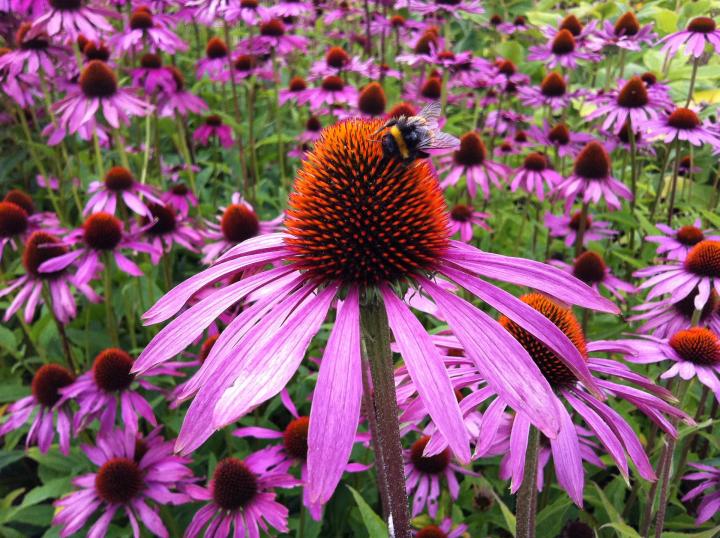
4. Plains Coreopsis
An annual species,Coreopsis tinctoria has bright flowers with yellow-red petals surrounding a dark-red center. The flowers rise from long, branching stems.
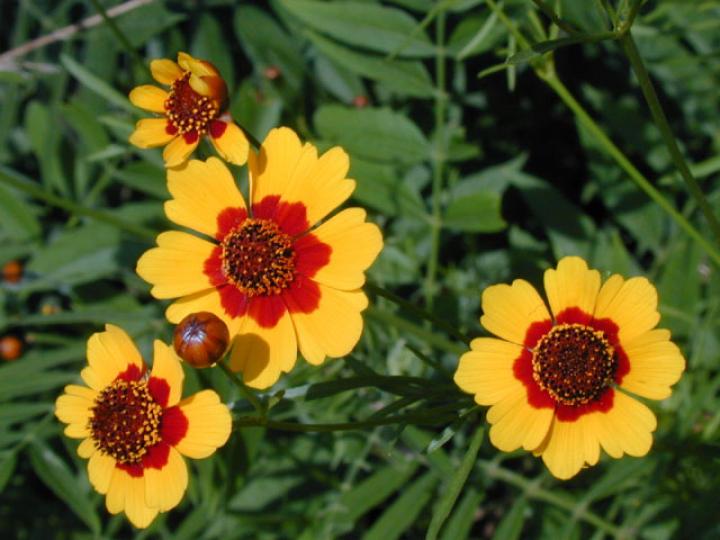
5. Evening Primrose
The evening primrose (Oenothera spp.) is a night-flowering biennial with yellow flowers that opens in the evening and closes by noon. The plant completes its life cycle in 2 years, with its leaves appearing in the first year and its flowers in the second. There's also a famous pink-flowered Showy Evening Primrose, O. speciosa., with pastel pink flowers that were a favorite of Lady Bird Johnson.
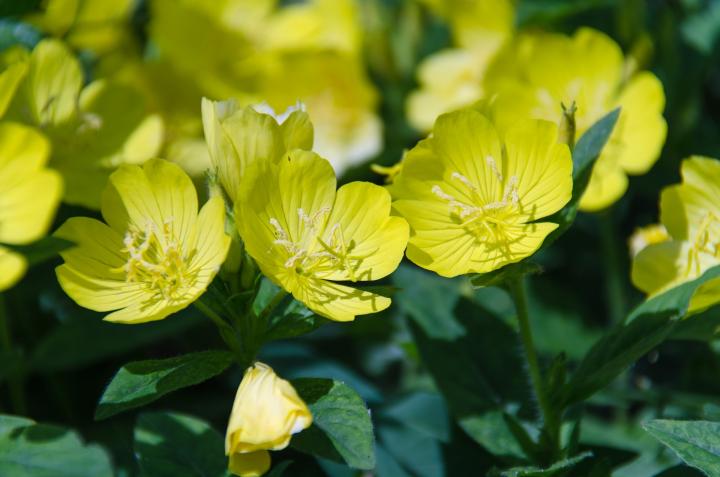
Wildflowers by Region
Below are the type of wildflowers that can easily be planted by home owners, paying attention to wildflower seeds that can easily be found from major seed companies.
Northeast
Red Columbine
Swamp Milkweed
Butterfly Weed
New England Aster
Lance-Leaf Coreopsis
Joe Pye Weed
Indian Blanket
Ox-Eye Sunflower
Blazing Star
Wild Lupine
Wild Bergamot
Evening Primrose
Beard Tongue
Black-eyed Susan
Goldenrod
Southeast
Butterfly weed
Lance-Leaf Coreopsis
Plains Coreopsis
Purple Coneflower
Indian Blanket
Blazing Star
Wild Lupine
Lemon Mint
Mexican Hat
Black-eyed Susan
Spiderwort
Scarlet Sage
Midwest
Red Columbine
Butterfly Weed
Blazing Star
Blue False Indigo (Baptisia australis)
New England Aster
Coreopsis tripteris
Purple Coneflower
Joe-pye weed
Penstemom
Wild Geranium
Garden Phlox
Ox-Eye Sunflower
Wild Lupine
Black-eyed Susan
Zigzag Goldenrod
Southwest
Plains Coreopsis
Desert Marigold
Prairie Aster
California poppy
Indian Blanket
Blue Flax
Arizona Lupine
Blazing Star
Evening Primrose
California Bluebell
Mexican Hat
Bird's Eye
Five Spot
Western
Blue Columbine
Smooth Aster
Prairie Aster
Bee Plant
Plains Coreopsis
Fleabane Daisy
Blanket Flower
Indian Blanket
Globe Gilia
Blue Flax
Evening Primrose
Mexican Hat
Black-eyed Susan
Pacific Northwest
Plains coreopsis
California poppy
Globe Gilia
Mountain Phlox
Blue Flax
Russell Lupine
Blazing Star
Five Spot
Evening Primrose
Baby Blue Eyes
California Bluebell
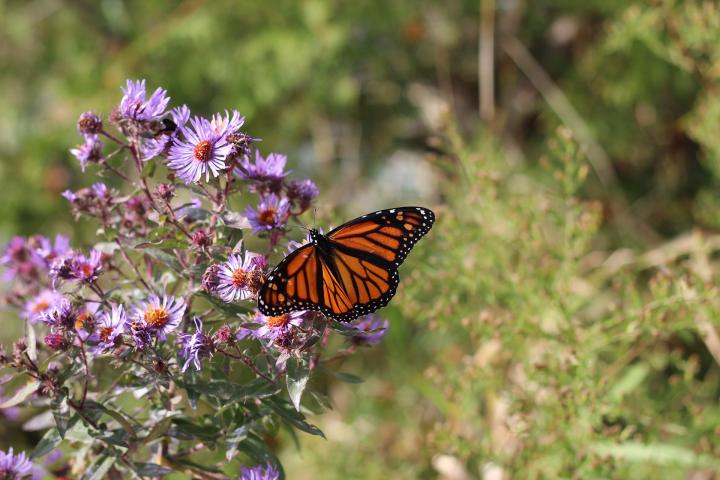
For a list of more wildflowers as well as invasive wildflowers, consult the Web site www.wildflowerinformation.org. You may also wish to reference theUSDA Web site for a state-by-state list of noxious weeds.
What About a Wildflower Meadow in a Can?
Often, seed companies will sell wildflower seeds as a "mix" for a wildflower meadow or prairie or grove.
However, ignore those ads promising that one container full of seeds will turn into a meadow of wildflowers. Establishing any plant community takes prep work and maintenance. Also, be aware that a wildflower meadow is not neat and tidy. Nature goes through dormancy, and nature can be messy.
Growing Wildflowers
- For a 500-square-foot plot, use ¼ pound of wildflower seeds.
- Wildflowers prefer a space with full direct sun with a minimum of 6 hours per day.
- Wildflowers do not usually need rich soil; they'll grow most anywhere. It's best to just mow an area close to the ground and kill the existing vegetation by hand pulling tough perennial weeds.
- Do not till new ground (which brings weed seeds to the surface).
- Usually, just scratch the soil and sow your wildflower seeds. Press the seed into the soil with your feet.
- Keep watered. Pull any obvious weeds (usually those which grow faster and taller).
- After wildflowers bloom, let them drop their seeds and self-sow. In the fall, mow the patch and leave the cuttings on the ground.
- If maintained, your wildflower patch should grow for several years.
Be a Good Plant Shopper
"Preserve it in the wild.
Perpetuate it in your garden."
That's the motto of the Lady Bird Johnson Wildflower Center. Shop at reputable native-plant nurseries rather than kidnapping plants from the wild. Collecting wild plants has already seriously diminished and even eliminated whole colonies of natives, and it's not even very successful (and may also be illegal in your area).
Find a native-plant nursery which uses plants propagated from wild populations within 50 miles (or as close as possible) to your garden. Look for plants that are "nursery propagated" not "nursery grown."
For a list of native-plant nurseries, see the Wildflower Center's suppliers directory.
See our video demonstrating How to Grow Wildflowers!
Us Native Wild Flowers For Gardening
Source: https://www.almanac.com/growing-wildflowers-selecting-wildflowers
Posted by: baughhosen1995.blogspot.com

0 Response to "Us Native Wild Flowers For Gardening"
Post a Comment